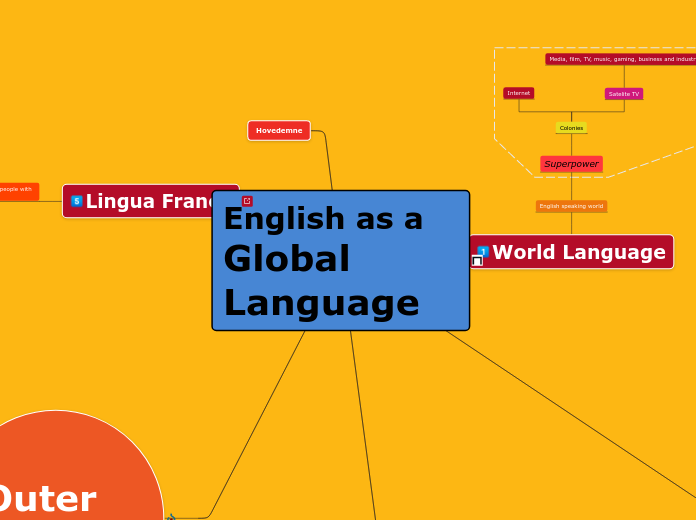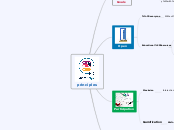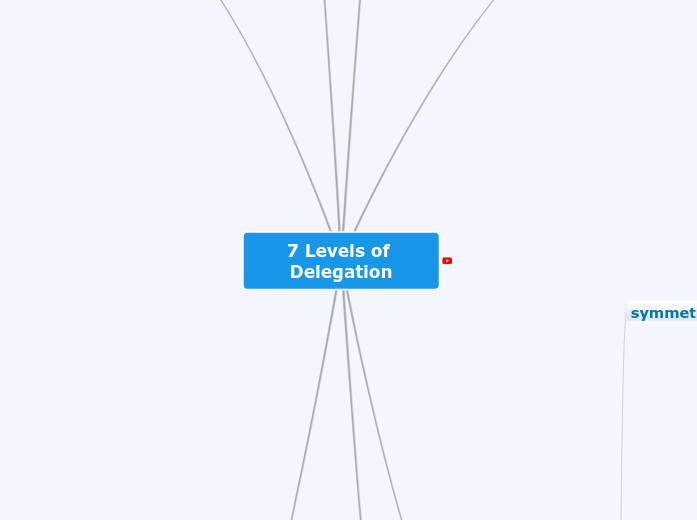arabera Michele Schoch 2 years ago
183
Schoch_Synthesizing Key Concepts
The Community of Inquiry Framework emphasizes three primary elements essential for effective online learning: social, cognitive, and teaching presence. Social presence involves instructors and students portraying their authentic selves to foster online collaboration.









